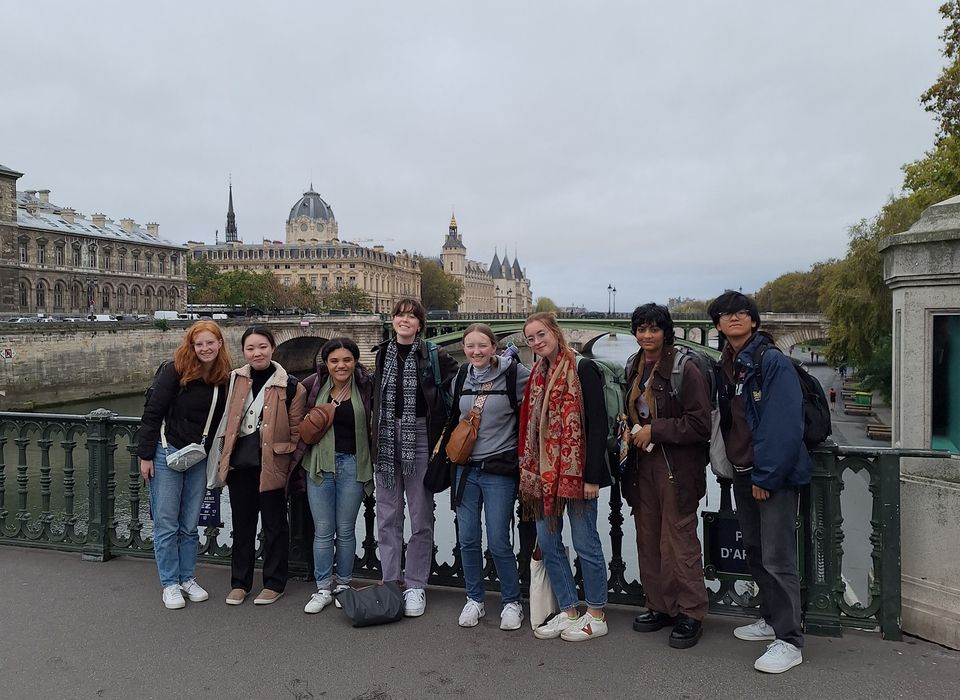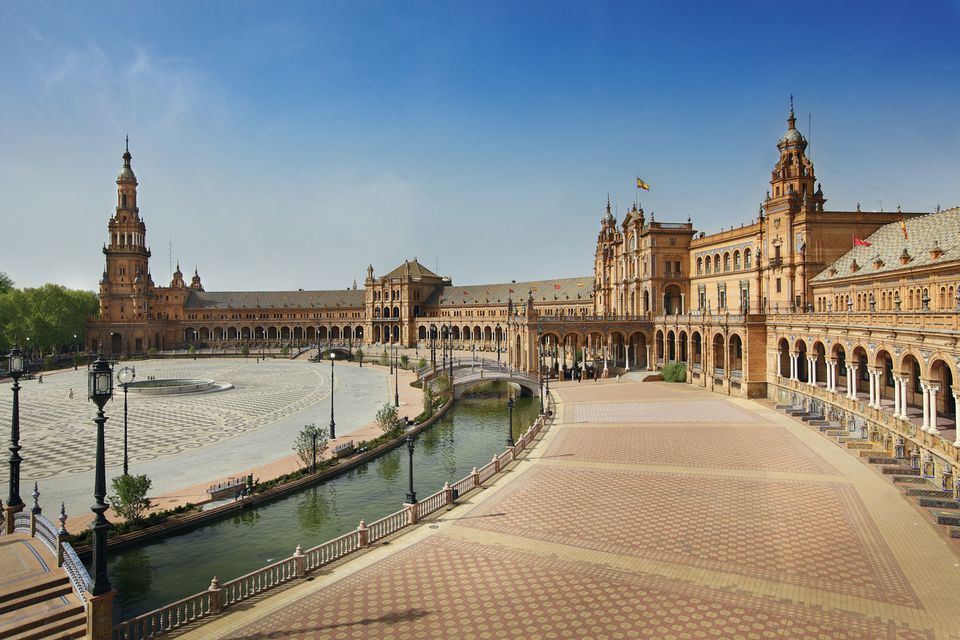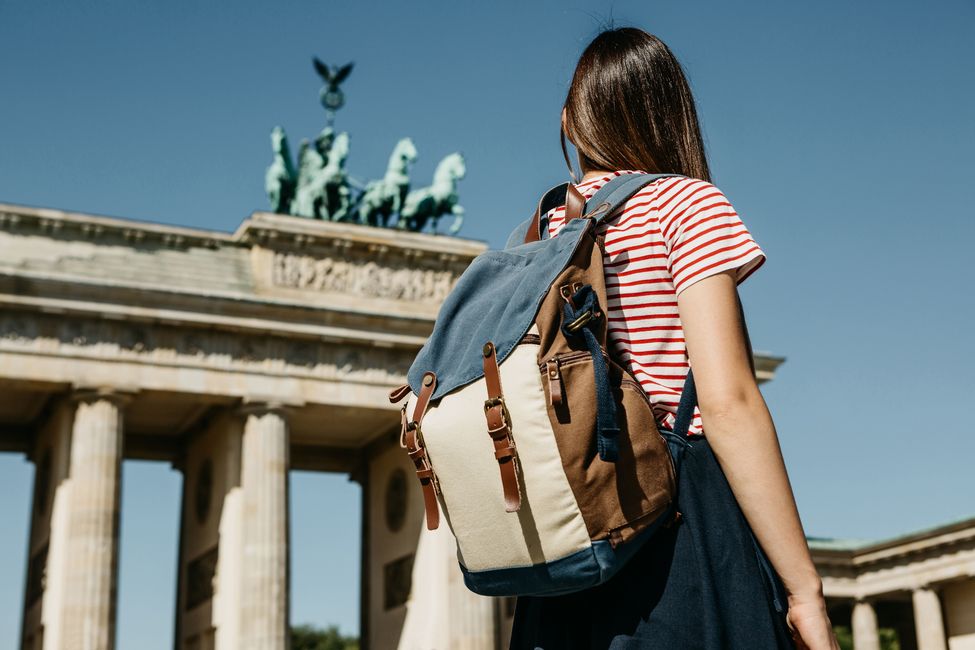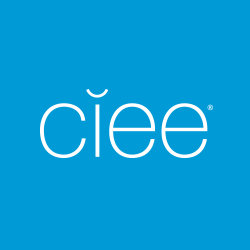How Do Visas Work When Studying Abroad for a Gap Year?
One of the major hurdles for students contemplating studying abroad for a gap year can be the visa process.
Most gap year semester programs do not require a visa, however, if you decide to combine two programs, a visa might be necessary. For some, this may seem like a daunting task, but with prior planning and by utilizing your resources, you can work to obtain the visa you need to pursue your gap year goals.
Introducing CIEE’s Gap Year Abroad

Recent high school grads who want to travel, explore, and experience a new culture before attending college should think about taking a gap year abroad. CIEE provides proficiency level in one of six global languages while living in an incredible international destination like Paris, Kyoto, or Seville. Experience a harmonious blend of structured language education and leisure time. Return rejuvenated, self-assured, and ready to embark on your college journey!
A gap year is an amazing chance to dive into new cultures and will make your resume shine. Plus, you'll gain unique experiences that employers will find impressive!
For Gap Year Abroad students studying in countries like Italy, Spain, France, & Japan, only academic year participants must apply for a visa. Semester participants traveling for less than 90 days DO NOT need a visa. However, if you have personal travel planned to the country within a 180-day period before or after your program, be aware that a visa might be required.
CIEE is here to help with any questions within our knowledge, but it is essential for students to research visa application websites for the most up-to-date information.
A Simple Step-By-Step Guide To Securing A Visa
A visa grants permission from your host country to enter and remain within its borders for a specified purpose, typically endorsed as a stamp or sticker on a passport page. This guide is available to help you navigate the steps to secure a student visa, providing general information into the processing times, costs, required documents, and offering tips to boost your chances of getting your visa approved, allowing you to pursue your goals abroad this year!
Please note that you cannot travel abroad while your visa is being processed, as the consulate will need to keep your passport until the visa is issued. Once accepted into the program, you can find more detailed visa guides in the readings section of the application.
Step 1: Research Your Destination

Start by researching the specific visa requirements for the country where you plan to study.
The official websites of the embassy or consulate of the country you wish to visit provide the most accurate and up-to-date information regarding visa requirements. These websites are maintained by the diplomatic missions of the country and are authoritative sources. Additionally, travelers must determine which consulate or embassy has jurisdiction over their place of residence and research the specific visa requirements applicable to that consulate for the country they intend to visit. This ensures compliance with local regulations and a smooth visa application process.
Many countries also have dedicated government websites that cater to travelers and provide information on visa requirements, entry regulations, and other travel-related advisories. For example, the U.S. has the Travel.State.Gov website.
Travel agencies and visa service providers often have access to the latest visa requirements and can assist with the application process. However, it's important to verify the information they provide against official sources.
Step 2: Apply Early
Make sure to start your application for your visa AFTER receiving acceptance into a CIEE program. Part of the required documents for the application will include your acceptance letter so it is crucial to have this beforehand.
Visa processing times can vary widely, so it's advisable to apply as early as possible. Check the expected timelines for student visas in your chosen country and plan accordingly to avoid any last-minute stress. Embassy and consulate websites often provide information about these durations, typically found under visa application procedures or FAQs. You can also call the embassy or consulate directly for details; contact information, including phone numbers, is usually available on their official website. Be sure to check their operating hours and time zone differences if calling from abroad.
Step 3: Gather Required Documents
Compile all necessary documents well in advance. Typically, this includes, but is not limited to:
- Your passport
- Proof of acceptance into your program
- Financial statements showing your ability to support yourself
- Any required medical or background clearance certificates
Step 4: Prepare for an Interview (if Required)
Some countries may require a visa interview as part of the application process. Familiarize yourself with potential interview questions and practice articulating your reasons for studying abroad and how it fits into your career or academic goals.
Step 5: Seek Guidance
If you're unsure about where to start, schedule a call with a CIEE Enrollment Coordinator who can help direct you on who to contact next.
How Much Does a Student Visa Cost?
The cost of obtaining a student visa varies depending on several factors, primarily the country you plan to study in, and the specific visa type required. Generally, when applying for a student visa, there is an initial processing fee, although this can vary significantly among different countries. This fee covers the administrative costs associated with reviewing and processing your visa application.
In addition to the processing fee, there are several other expenses you may encounter during the visa application process. These can include fees for mailing required documents, costs associated with health screenings, charges for background checks, and expenses related to attending mandatory appointments at the embassy.
For those looking to expedite the visa application process, expedited processing options are available for an additional fee. This fee can vary widely depending on the country and the urgency of your application. It's important to note that while expediting your visa application can speed up the process, it typically comes at a higher cost.
A Student Visa Is a Significant Milestone in Your Journey

Start budgeting early and consider finding ways to fundraise to make your experience more affordable. Consult the CIEE Student Fundraising Toolkit for ideas.
While the process for applying for a student visa can be stressful, it's also a great introduction to the world of long-term international travel. You will gain experience in dealing with another government and will know what to expect if you ever decide to study abroad, intern abroad, or work overseas one day!
By staying organized, proactive, and informed about the requirements and procedures, you can navigate this process successfully. Remember, thorough preparation and early application are key to making your dream of studying abroad a reality.
Rest assured any challenges that may come up you’ll navigate with peers and the support of CIEE staff. Schedule a call with a CIEE Enrollment Coordinator who can answer questions you have about studying abroad and how the visa process works.

